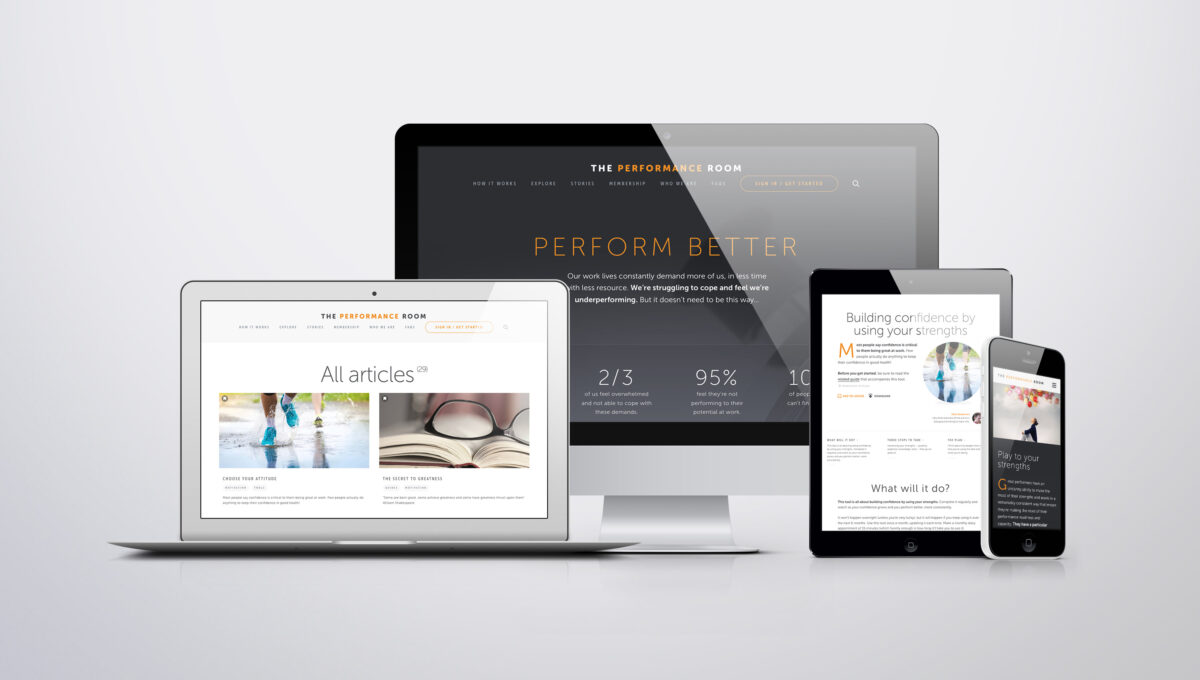The Power of Connection


We recently published a blog on choosing your ‘battle’ mentality to challenge and adversity – based on some work we’d been doing with GM Holden in Australia. So we’re delighted that it’s prompted this weeks guest blog from Ashley Winnett, Executive Director of Human Resources at GM Holden. Ashley shares some of his thoughts on the journey he and the Senior Leadership Team at GM Holden have taken since working with PlanetK2, and in particular the impact that working on their sense of connectedness has had for the team.
An auspicious start
We first started working with PlanetK2 in May 2016. As a business, we were going through a significant amount of change, and needed to do things differently as a leadership team. With varying degrees of enthusiasm, commitment and skepticism, we went into a two day kick off where we laid some critical foundations as a team – defining our purpose, our roles as leaders and how we needed to lead ourselves and others to achieve this purpose. We also spent time working creating and sharing personal performance plans. The shared commitment to being responsible for performance – our own, the teams and the business’ – was firmly laid.
Connectedness – the critical ingredient
We identified many areas to work on, but a key ingredient was – and has continued to be – our sense of connectedness. That’s been around our clarity of and connection to our sense of purpose as a leadership team. And, on a more practical sense, how we share information, work together and support each other. Awareness and understanding of this has driven us to make conscious actions to fuel our connectedness.
So how has that been brought to life? What have we done?
Using our purpose
We’ve used our purpose to connect around. We check in on our team purpose at the start of meetings and at other times periodically. It helps give us focus to our conversations, ensures we keep on track, and helps us challenge each other when we deviate from that. It’s too easy otherwise to get bogged down in conversation that’s not on the right stuff, gets unnecessarily detailed, or detracts us from doing what we need to lead the business.
Connecting and playing our roles
Connecting has meant sharing information as we need to, but also playing our roles on the team, and trusting each other to play those roles. Not everything needs to be shared and not everyone needs to be involved; having shared role clarity has meant that we trust each other to get on with it. We allow each other to play our roles within the team, we are conscious about what each person needs for their key performance moments, we know what support we can give each other, and we provide better quality open and timely feedback to each other.
Our performance rhythm
Each week we meet for 45 minutes and discuss our performance. We list out performance highlights (and lowlights) from the previous week and we feed these into how we can be better for the next week. Our focus is on using our reflections to plan our team performance for next week. It’s forward looking rather than retrospective – a shift that has been significant for us.
Using The Performance Room
The Performance Room has been a great resource for us as we look to continually get better as a team. Each team member takes it in turn for the team to focus on a high performance topic, using TPR as a resource. The team member shares their knowledge and the team discusses it, focusing on how they think they’re performing on that area, and what they need to do to improve.
We take a sense of shared responsibility to improve the way that we behave so that we inspire confidence in the rest of the GM Holden team. Our company has quite a unique legacy in the landscape of Australian business and through our focus on performance we are looking to create our own slice of history. We’re still working on our performance; we don’t get things right all the time, but we’re committed to the journey and understand that improvement is an on-going pursuit!

